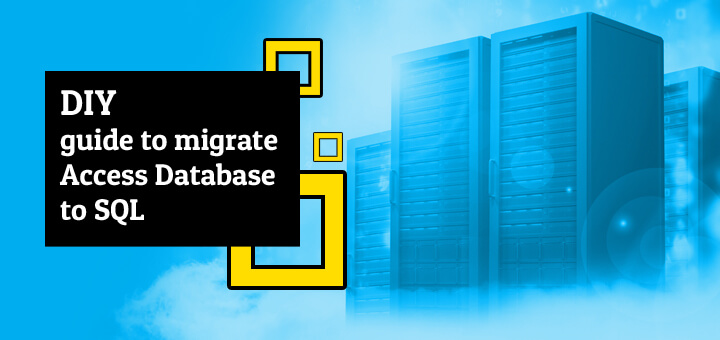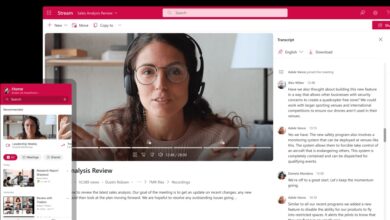Converting an Access Database to SQL Server

Microsoft’s Access Database is very popular and it is sufficient for many company applications. But Microsoft’s Access is intended for small projects with couple of users. As much happens, a little Access application grows and gradually becomes the life blood of the company administration system.
As volumes and the amount of users increase, the constraints of Microsoft Access soon become apparent. Slow response occasions, routines that hang, esoteric error messages, unstable functions, security issues and knowledge corruption are typical signs and symptoms.
Once the Access system needs to facilitate more features, more records and much more users, a strong BackEnd database system for example SQL Server is needed.
There’s less Possibility of Data Corruption
In Access, the database MDB file is opened up directly. When the network connection is suddenly damaged or perhaps a PC or even the Server computer breaks lower, you’re almost guaranteed that data is going to be corrupted.
SQL Server differs – it runs like a service. The Leading-Finish Access database doesn’t have direct accessibility BackEnd database file. When the server shuts lower suddenly or even the network connection is damaged, the integrity from the information is maintained.
Database Log Files Enable Data Recovery
SQL Server includes a distinct edge on Access for the reason that all transactions (database updates, insertions and deletions) are stored inside a log file.
The log records contain all the new changes towards the data and enough information to undo the adjustments made during each transaction. In case of system failure, the log file may be used to recover the information.
Support for additional Concurrent Users
Access supports no more than 255 concurrent users. But this can be a theoretical limit, bearing no relationship to reality. Within the real world, it’s quite common to see major performance difficulties with as couple of as 10 users (and often significantly less) trying to concurrently make use of the BackEnd Access database more than a network.
SQL Server supports a concurrent users list that’s limited only by available system memory. Due to the optimised query-processing engine and skill to use concurrently multiple computers, multiple processors and difficult drives, it may scale to satisfy any requirement.
Support for any Bigger Database
Access supports an optimum database size 2 gigabytes plus linked tables. Although utilization of linked tables theoretically enables more much data to become stored, it’s quite common to see performance issues when handling bulk of records.
Consider upgrading an Access database once the database records exceed 100 megabytes in dimensions.
SQL Server, however, has vastly improved storage abilities, permitting 1,048,516 terabytes of information to become stored efficiently across multiple devices. Additionally, it has self-repairing and self-compacting features, which makes it an especially robust and efficient database solution.
Performance and Administration
Access has limited backup features and doesn’t support point-in-time restores. Access doesn’t have performance monitoring features.
SQL Server however provides wizards that permit the database administrator to watch and tune performance. Additionally, it contains tools to automate data backup and secure the information.
Upgrading to SQL Server
Upgrading a Microsoft Access Back-Finish database to SQL Server is fairly straightforward.
Here are the problems that may require attention:
Amend Tables with non number indexing or no indexing
Ensure all Tables possess a Primary Key
Ensure AutoNumbers have been in the very first column of the Table
Reserved words need special therapy
Remove duplicate Indexes from Tables
Give a Timestamp to any or all Tables
Use DRI (Declared referential Integrity) and never Triggers
Change all nvarchar, ntext and text fields to varchar and varchar(max)
Change all money to decimal(8,2)
Change all DateTime fields up to now
Change Tables with Subdatasheet property of Auto to None
Change True/False Integer fields to Yes/No
Many of these issues are simple to resolve.
To produce the SQL Server database, make use of the SQL Server Wizard within the Database Tools from the Access Ribbon. Then use ODBC to connect to the SQL Server Tables. Visual Fundamental may be used to manipulate the information with ADO as well as an OLEDB connection. And you’re ready to go!
Observe that establishing SQL Server efficiently, safely and looking after it takes a brand new skills.
Neville Silverman is really a Microsoft software developer, located in Sydney Australia, and is a Visual Fundamental programmer and Microsoft Access designer and programmer for several years.
He’s produced numerous Microsoft Access databases, SQL Server Databases and Microsoft Visual Fundamental systems for clients. He develops and supports software systems for that smaller business. Administrative systems are custom made to suit company needs – software programs which are economical, efficient and user-friendly.
It should be at a time when people use software or their features to recover your lost information on the SQL server data file recovery. In such cases, losing your data is always possible. In today’s world, information means that, and information has the power to create or distribute a business.





